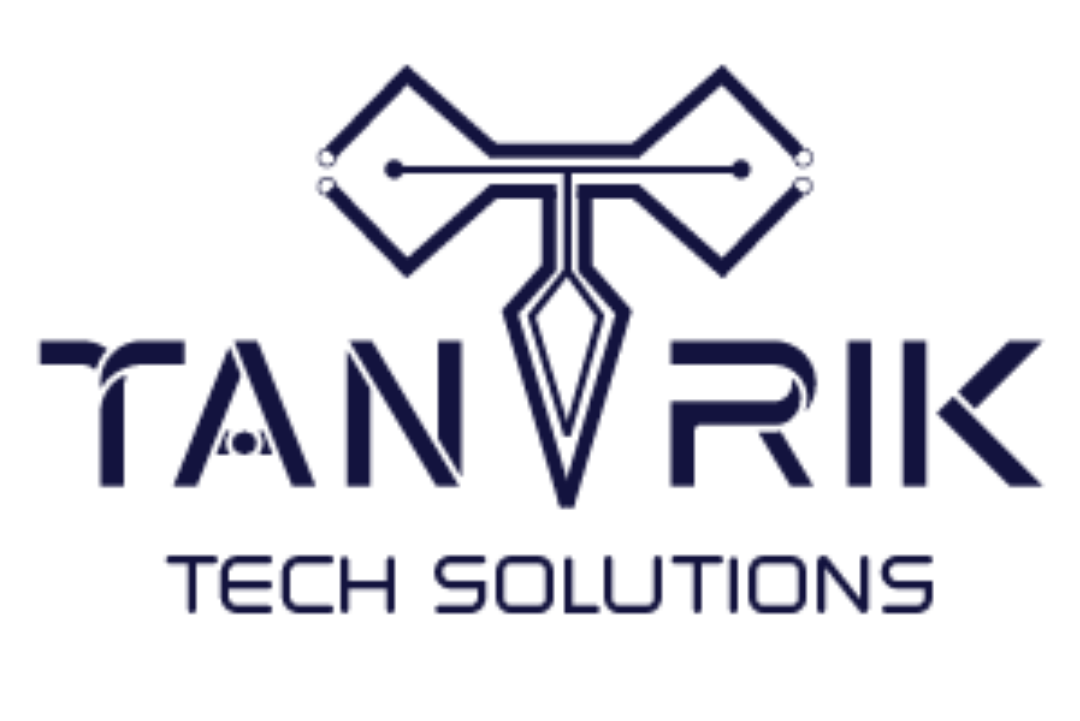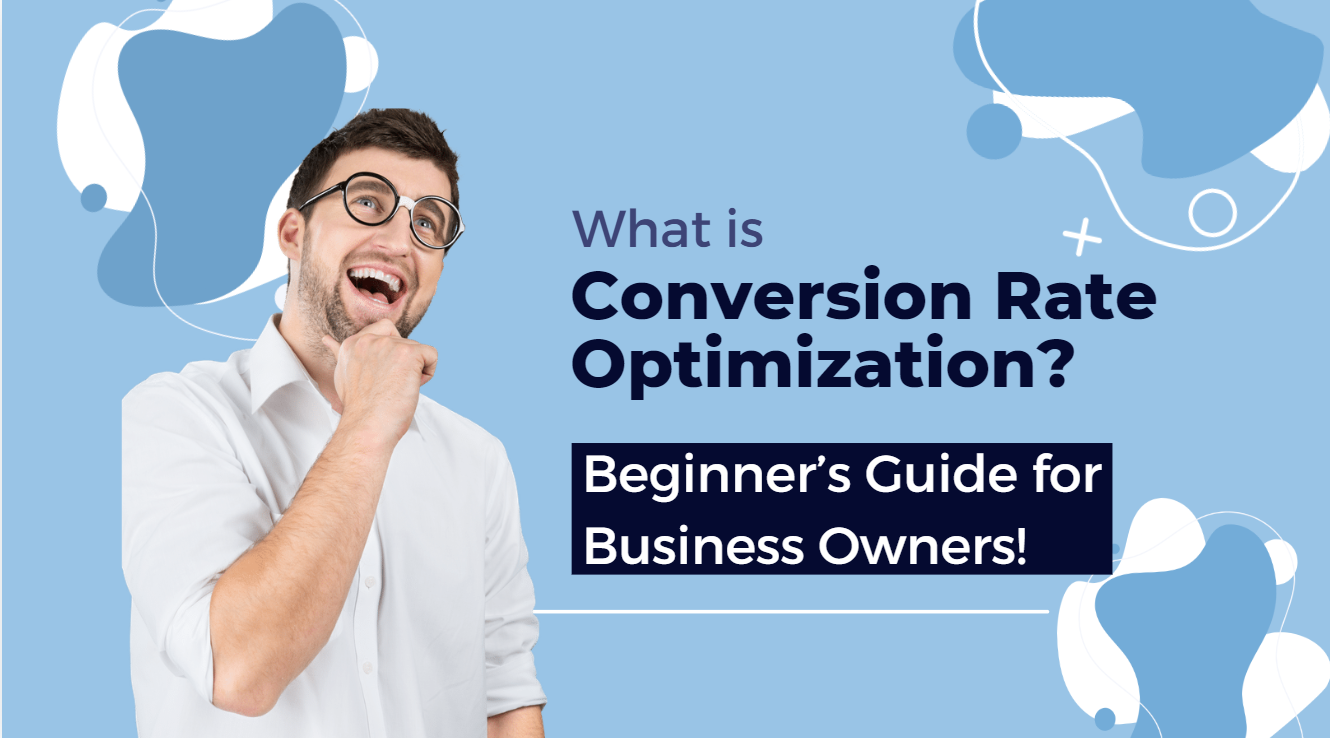Understanding the Basics of Conversion Rate Optimization (CRO)
Definition of CRO
Conversion Rate Optimization (CRO) is the systematic process of increasing the percentage of website visitors who take a desired action, such as making a purchase, filling out a form, or signing up for a newsletter. The primary goal of CRO is to convert more of your existing traffic into valuable leads or customers.
Importance of CRO for Businesses
For business owners, CRO is a powerful strategy that directly impacts profitability. Instead of spending more on acquiring new traffic, CRO helps you make the most out of your current visitors, leading to increased sales and higher revenue without a significant increase in marketing costs.
How Does Conversion Rate Optimization Work?
Key Elements of CRO
CRO involves a mix of data analysis, user behavior understanding, and strategic adjustments to web elements like design, copy, and calls-to-action (CTAs). It focuses on removing barriers that prevent users from converting.
The Role of Analytics and User Data
Analytics tools play a critical role in CRO by providing insights into user behavior, traffic sources, and engagement patterns. Understanding this data helps in identifying areas where improvements can drive more conversions.
Why Conversion Rate Optimization Matters for Your Business
Boosting Sales Without Increasing Traffic
One of the biggest advantages of CRO is that it allows businesses to increase sales without necessarily driving more traffic. It’s about doing more with what you already have, which can be more cost-effective in the long run.
Enhancing User Experience (UX)
A better user experience leads to higher satisfaction, which naturally increases the likelihood of conversions. CRO helps identify and eliminate friction points in the user journey, making it easier for potential customers to complete desired actions.
Key Metrics to Measure in Conversion Rate Optimization
Conversion Rate
The conversion rate is the percentage of visitors who complete the desired action on your website. This is the primary metric to track the success of your CRO efforts.
Bounce Rate
A high bounce rate indicates that visitors leave your website without engaging. Reducing bounce rates through CRO techniques can keep users on your site longer, increasing the chance of conversions.
Average Time on Page
This metric measures how long visitors stay on a particular page. A higher average time on page often correlates with better engagement and increased conversion potential.
The CRO Process: Step-by-Step Guide
Step 1: Research and Analysis
Begin by analyzing your website’s performance using tools like Google Analytics. Identify pages with high drop-off rates or low engagement, as these are prime targets for optimization.
Step 2: Hypothesis Creation
Formulate hypotheses on what might be causing the lack of conversions. This could involve changes to headlines, images, or the placement of CTAs.
Step 3: A/B Testing
A/B testing involves comparing two versions of a webpage to see which one performs better. This process helps refine your strategies based on actual user behavior.
Step 4: Implementation and Monitoring
Once you’ve identified the winning elements from your tests, implement them across your site. Continuously monitor their performance to ensure long-term effectiveness.
Tools and Software for Conversion Rate Optimization
Google Analytics
Google Analytics is an essential tool for tracking user data and measuring key CRO metrics, offering valuable insights into how visitors interact with your site.
Heatmaps and Session Recording Tools
Tools like Hotjar and Crazy Egg provide visual representations of user interactions, showing where visitors click, scroll, or get stuck on your pages.
A/B Testing Tools
Platforms like Optimizely and VWO are ideal for running A/B tests, helping you determine which elements drive the highest conversion rates.
Common Conversion Rate Optimization Techniques
A/B Testing
Testing different versions of your website elements allows you to make data-driven decisions and continuously improve conversion rates.
Personalization
Creating personalized user experiences based on visitor behavior and preferences can significantly enhance conversion rates by delivering more relevant content.
Improving Website Speed
Page load speed is a critical factor in user experience. Faster websites tend to have higher conversion rates since visitors are less likely to abandon slow-loading pages.
Best Practices for Effective CRO
Understanding Your Target Audience
Knowing your audience’s needs and preferences is key to crafting messages and designs that resonate with them, leading to higher conversions.
Mobile Optimization
With an increasing number of users browsing on mobile devices, ensuring your site is fully optimized for mobile is essential for maximizing conversions.
Simplifying User Journeys
Remove unnecessary steps from the conversion process to make it as straightforward as possible for users to take the desired action.
The Role of Content in Conversion Rate Optimization
Crafting Compelling CTAs
Your call-to-action (CTA) buttons should be clear, persuasive, and stand out visually to encourage users to take the next step.
Creating Relevant Landing Pages
Each landing page should be tailored to the user’s needs and align with the ad or link that brought them there, increasing the likelihood of conversion.
Common CRO Mistakes to Avoid
Ignoring Data Analysis
Not basing your decisions on data can lead to misguided strategies. Always analyze your performance metrics before making changes.
Running Tests Without a Clear Goal
Ensure that every A/B test has a specific objective to avoid wasting resources and to focus on what truly impacts conversion rates.
Conclusion
Conversion Rate Optimization (CRO) is a powerful strategy that can transform your business’s digital performance. By focusing on converting more visitors into customers, you can maximize the value of your existing traffic and enhance overall business growth.




